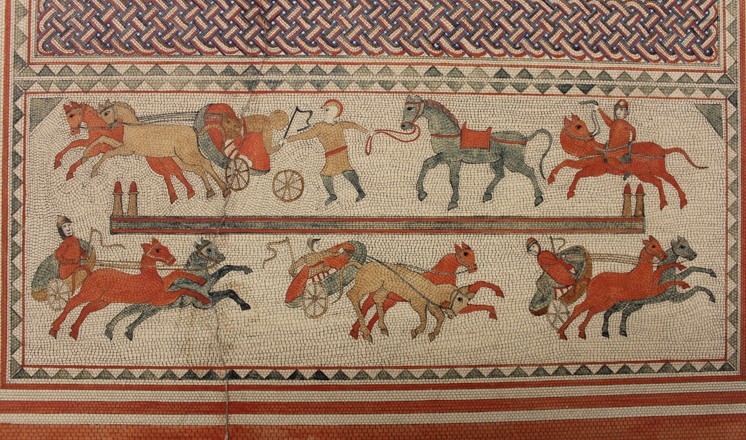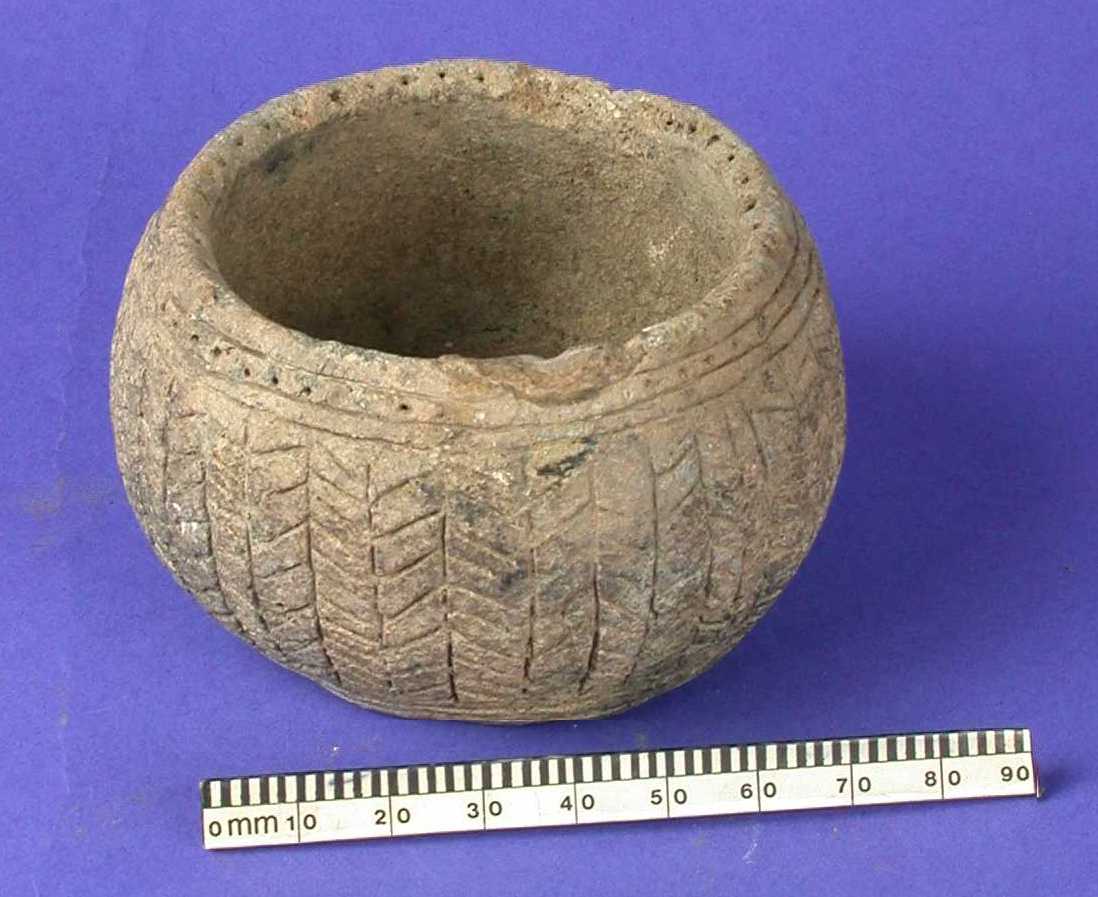Some recent archaeological research at The Collection
RSS FeedThe material on display in a museum's galleries are only ever the tip of the iceberg when it comes to the scale of the complete collections. The museum's stores contain a host of fascinating items which are either not on display at that moment, are too delicate to be displayed without putting them at risk, or represent the mass of archaeological finds which are not necessarily the most attractive pieces, but are a fundamental resource for our study of the past. Throughout the year many researchers from Lincolnshire, Britain, Europe and further afield come to access our collections as part of their research. These researchers range from interested local historians delving into the history of their village to PhD students and Professors carrying out cutting edge research into our ancient past.
As most of this research goes on out of sight of general visitors, and even to many staff at the museum, here are just some of the varied and fascinating research projects we've been involved with in recent months:
Bronze Age accessory vessels
An MPhil student at the University of Bradford is currently compiling a corpus on a particular type of Bronze Age ceramic vessel, of which a number have been discovered in Lincolnshire. These small but often highly decorated pots are known as 'accessory vessels', but also sometimes by the slightly less acceptable term of 'pygmy pots'. They are often only 6 or 7cm in diameter, but usually bear much decoration, and possibly were even originally inlaid with coloured clay. The study will hopefully enable us to more closely categorise these vessels in future and understand more about how they were used in domestic, funerary and ritual contexts.
Click the image to see the entry for this vessel on our Lincs to the Past database
William Fowler's Roman mosaic illustrations
Lincolnshire is a county with a rich Roman heritage. Aside from the major settlements such as Lincoln, Horncastle and Caistor, the county's landscape is littered with the traces of Roman rural settlements, from small farmsteads to grand country estates. The wealthier rural settlements are often classified as 'villas', and these often stereotyped luxury residences have always captured the imagination of archaeologists and the public alike. Many Roman villas were discovered in the 18th Century, and the quality of the records kept of what was found can vary drastically. One man who took a particular interest in recording the mosaics being discovered in North Lincolnshire was William Fowler of Winterton. He was a builder, and the drawings he made of mosaics discovered at sites like Winterton, Roxby, Horkstow and Scampton between 1797 and 1829 are now invaluable to us. Using our copies of Fowler's illustrations, a researcher is investigating the accuracy of his work and how his drawings of the same mosaics changed over time.
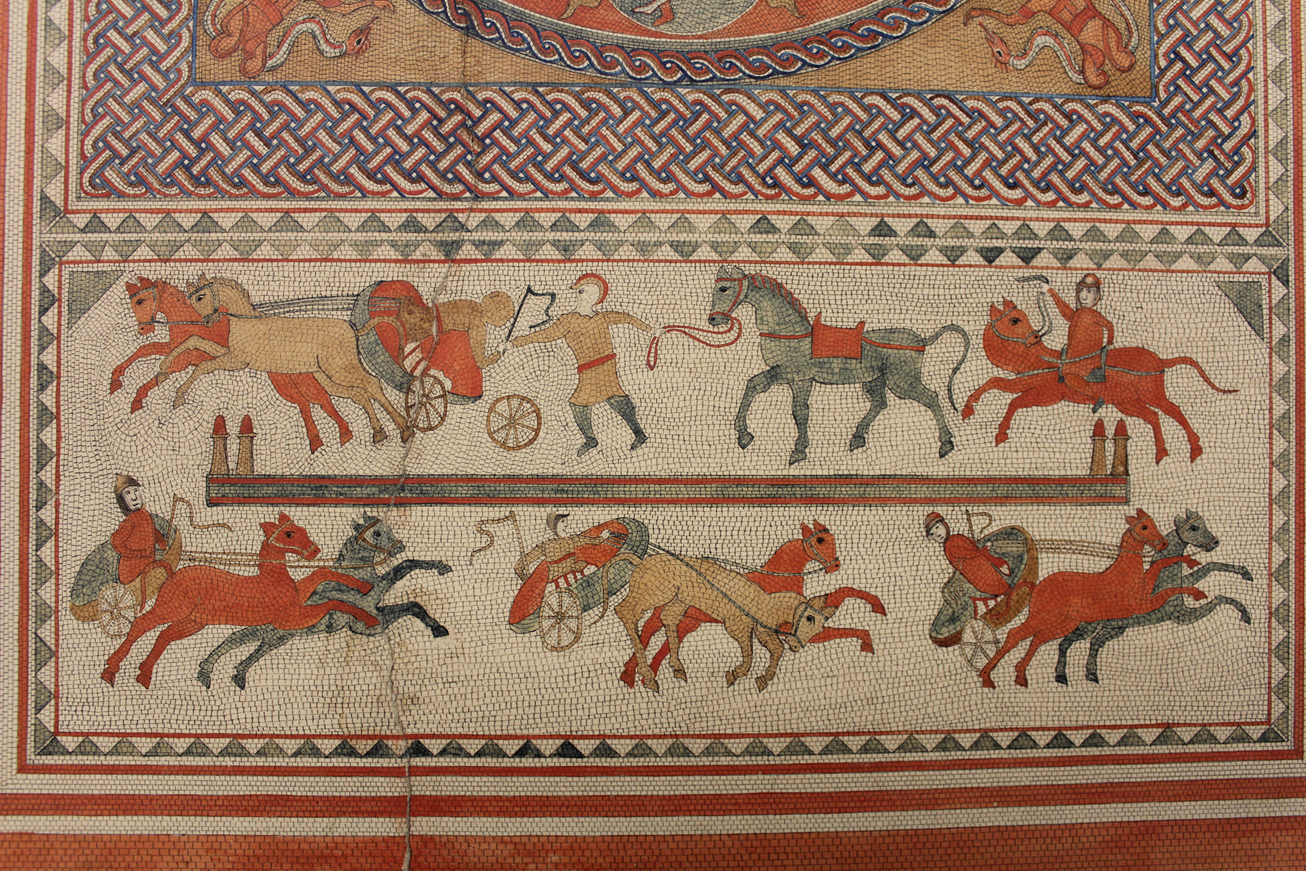
Roman coins from Market Stainton
Two hoards of late Roman coins were discovered close to each other at Market Stainton in 1915/16 and 1938/39, and may be from the same, very large hoard totalling over 700 coins. The hoards are comprised of coins of Diocletian, Maximian, Constantius and Galerius - covering a period between c.AD284 and c.AD311. 281 of these coins are now in the museum's numismatic collections. A Professor at Georgetown University in the USA is producing a new book on coins from the Roman mint at London, and has been studying the Market Stainton coinage as it contains a number of good condition and unique coins.
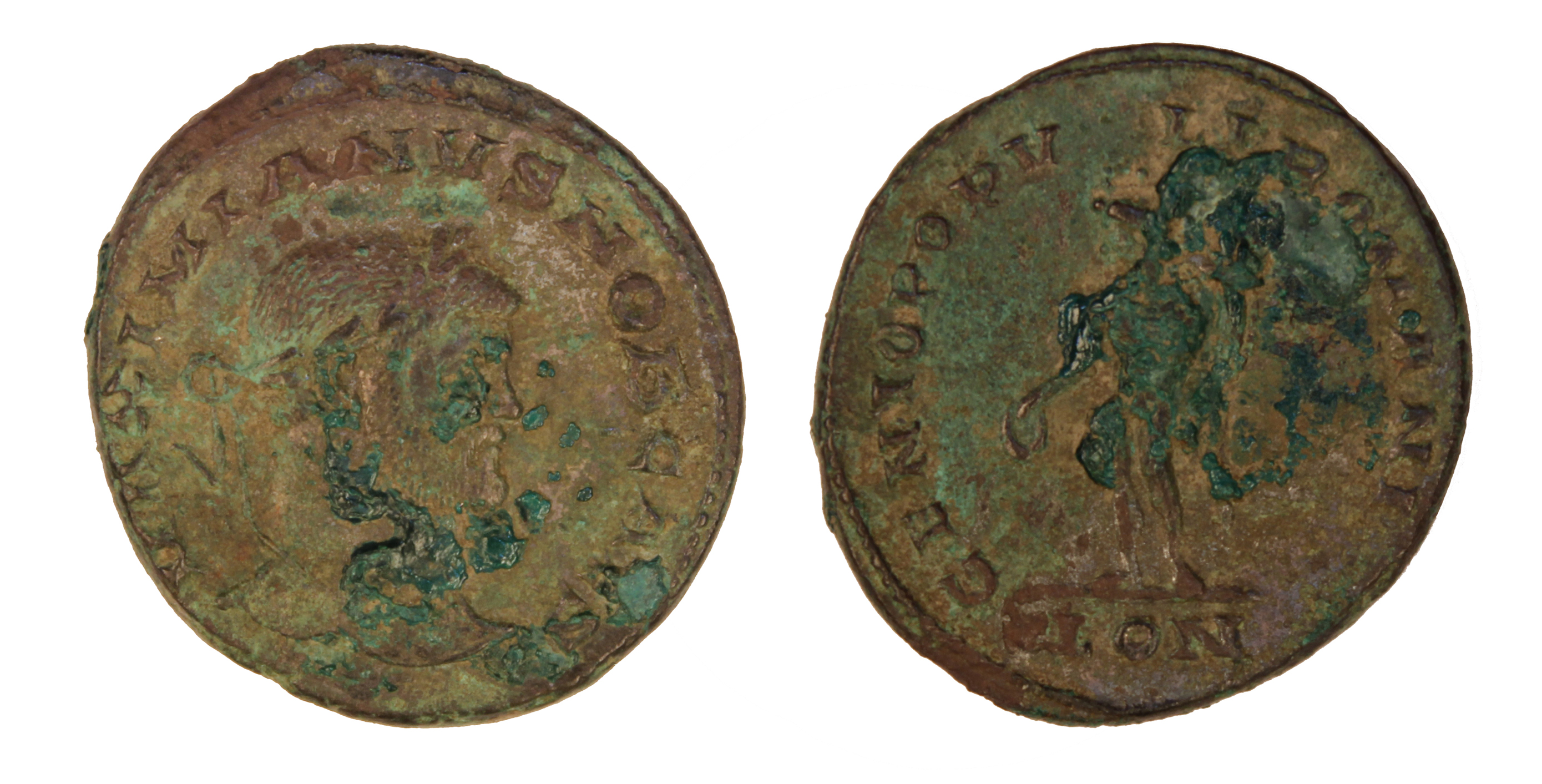
Iron Age bone points from Fiskerton
The Iron Age site at Fiskerton is one of the most important of its type in Europe, and a place that continues to reveal new secrets. The site is that of a timber causeway, crossing the marshy reed-beds at the edge of the River Witham and from which large quantities of valuable material were deposited into the river as religious offerings to the gods or ancestors. The anaerobic conditions at the site mean that much organic material survives that would otherwise have been lost - not just in the form of the causeway timbers themselves, but boats, handles from tools, spear shafts and a series of bone points. These bone points are simple items and have been found on various Iron Age sites across Europe, but rarely in the quantities known at Fiskerton. Produced from the leg bones of cows, sheep and pigs, the points were made by simply sharpening one end and sometimes perforating a hole at the other. They are variously interpretated as 'gouges', 'spearheads' or 'needles', and there is evidence that they may have been fitted onto shafts. A researcher at the University of Hull is investigating these points in more detail, and hopefully will be embarking on a project to authentically reconstruct replica points and test some of the existing theories about them.

Roman wall plaster from Lincoln
Researchers at Bishop Grosseteste University in Lincoln have been examining the decorative Roman wall plaster excavated from various sites in and around the city, including the sites of the Forum, the public baths, the house excavated underneath the museum, and the villa at Scampton. By comparing it to more recently excavated examples at Lincoln Castle and the Sudbrooke villa they hope to gain a greater understanding of the styles of interior decoration present in Roman Lincoln and the techniques of the painters employed to create the work.
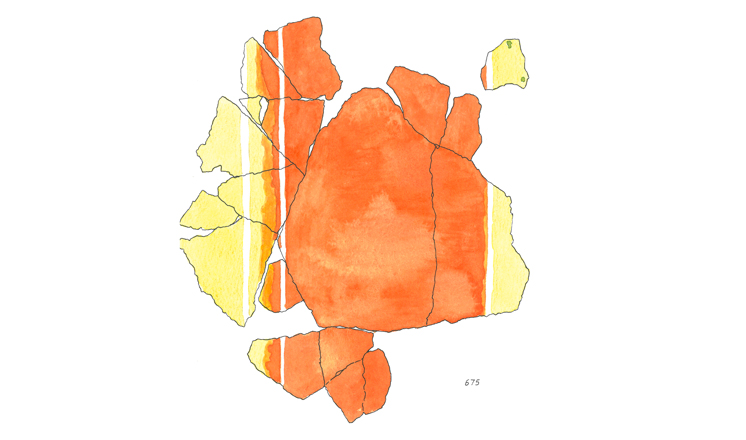
Illustration by Dave Hopkins
Comments
There aren’t any comments for this blog yet

